STI Screening

STI screenings might seem like something you don’t need to worry about anymore, but you might be surprised to know that about 15% of new infections each year are among people over the age of 50. People over 50 make up almost a quarter of the HIV and AIDs cases in America, partly due to retirement homes and Viagra.
Prevention is certainly easier and less expensive than treatment for HIV and AIDS, so keep yourself healthy and safe and get tested even if you don’t think you need to.
Mole Check
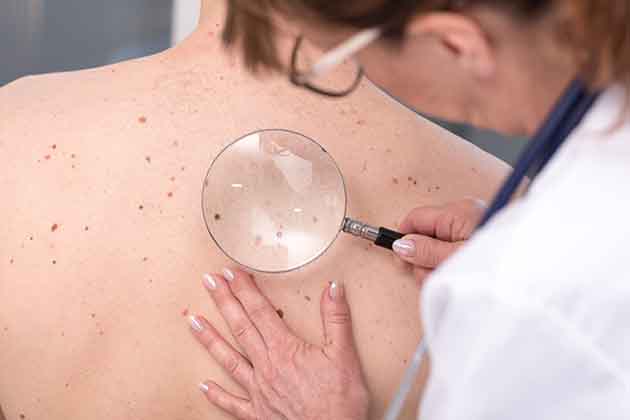
Screening for skin cancer is essential for early detection, especially for melanoma, which is the deadliest and rarest form of skin cancer. Even if you aren’t in the sun often anymore, but sun exposure over many years can lead to skin cancer. This type of screening starts at home, where you do a self-exam to take note of any growths, patches, or moles that are new, have changed shape, size, or color over time, itch, or bleed. It’s important to tell your doctor about anything that concerns you when you go in for check-ups.
The screening in a doctor’s office takes about 10 minutes. Your doctor will ask if you have anything that looks unusual, and then they’ll look at your whole body, including hard-to-see places, where a hand mirror just won't cut it—like your scalp— to see if there is anything unusual about your skin or moles and run additional tests if they find anything concerning.
Diabetes Tests
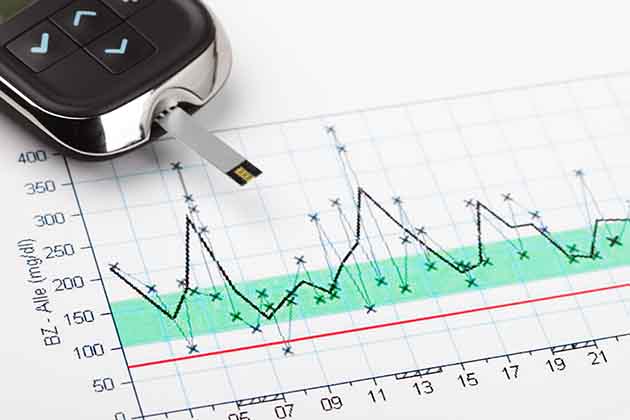
Type 2 diabetes generally develops later in life when your body doesn’t react properly or make enough insulin to function. Type 2 diabetes is the most common form of the disease and is often asymptomatic in the early stages, so you might not know you even have it.
The doctor will run a fasting plasma glucose (FPG) test and an oral glucose tolerance test (OGTT). These are both quick, easy, and inexpensive tests to see if you’re at risk of type 2 diabetes.
Colorectal Cancer Screening

Nobody likes the idea of being poked and prodded, but it is especially important when it can prevent the development of colorectal cancer. Colorectal cancer develops from precancerous polyps in the colon or rectum and can happen to both men and women. Most new cases of colorectal cancer are people who are 50 and older. A colorectal screening aims to locate these polyps so they can be removed before they become cancerous.
You should get this checkup anyway, but it’s especially important if you have a family member who had colorectal cancer or if you have inflammatory bowel disease, like Crohn’s or IBS.
Lipid Disorders Screening

Lipid disorders, also called dyslipidemias, are abnormalities in lipid functions. Lipid disorders can affect cholesterol, triglycerides, and fat content in the blood. The lipid profile is one of the most common screenings because it’s helpful for determining your risk of developing cardiovascular disease and pancreatitis.
Getting regularly screened for lipid disorders is important in preventing heart disease, heart attack, and stroke. Lipid disorders can cause heart disease and other complications. Luckily, they can be treated with prescription medication.
Prostate Cancer Screening
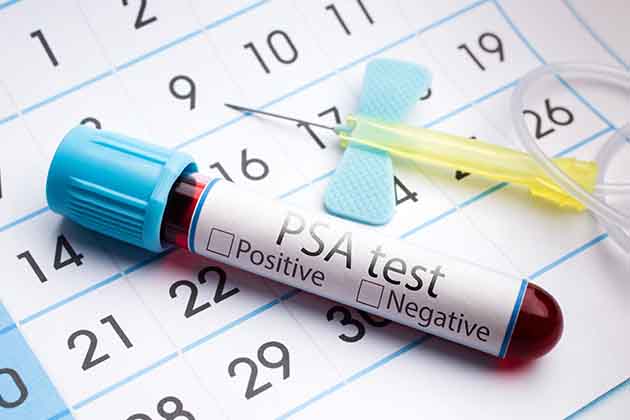
The prostate is a gland below a man’s bladder, which produces fluid for semen. There is currently no standard screening test for prostate cancer, but the most common test is the digital rectal exam (DRE). Another common test is the prostate-specific antigen (PSA) blood test.
It’s important to get these screenings because cancer is much easier to treat in the early stages, often before symptoms even occur. Talk to your doctor about what exam method you’re comfortable with and make sure to get regular screenings every two to four years.
Immunizations
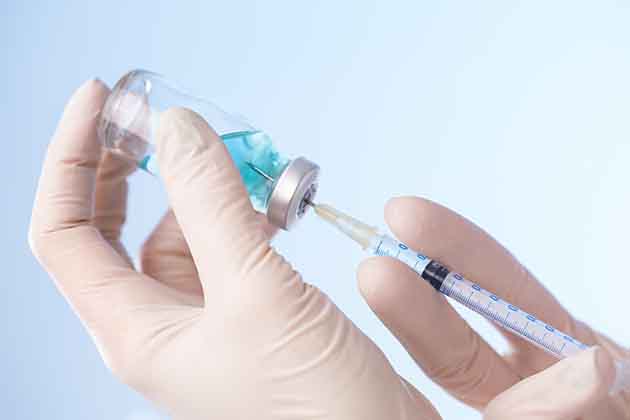
You might be wondering why you need to go get more shots from the doctor; you’re not a little kid anymore. So, why do you need more shots? Well, older adults have an increased risk of contracting the flu, developing pneumonia, and coming down with shingles. It’s important to get the flu shot every year. Even if you get the flu, it will be less severe, and you’re much less likely to develop pneumonia and other seasonal sicknesses.
There is also a vaccine that protects against many types of pneumonia bacteria, so you won’t have to worry about getting it at a hospital, either. Shingles, the reactivation of the chickenpox virus, is a painful rash. Shingles, a painful and potentially deadly virus, can be prevented with a vaccine. It’s important to stay up-to-date on your vaccines to avoid easily preventable viruses and infections.
BMI Evaluation

BMI stands for "body mass index" and is an evaluation made by using one's body weight and height measurements. It's used to determine what your healthy weight is based on your body type. BMI does not directly measure body fat; it simply seeks to define what’s healthy for you because everyone is different. A BMI screening might involve skinfold thickness measurements, weighing you, and measuring your blood pressure.
The purpose of a BMI evaluation is to be able to screen for individuals who might be at greater risk of health problems because of their weight. This test can also identify if you are extremely underweight, obese, and everything in-between. This test is a good way to let doctors and patients know what kind of conditions or diseases someone might be more prone to, making it a key step in prevention.
Breast Exams & Mammograms
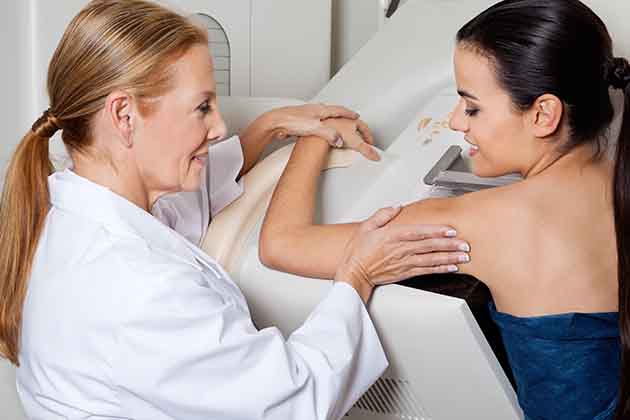
About one in eight women and one in 883 men will develop invasive breast cancer in their lifetime. Breast cancer is the second most commonly diagnosed cancer in women. Early detection of breast cancer is essential for starting treatment before the cancer can metastasize and spread to other parts of your body.
One of the most common tests is a mammogram. This is an x-ray picture of the breast that makes it possible to detect tumors that can’t be felt by hand. Women should get a yearly breast exam, and men should talk to a doctor if they feel any lumps, discharge, or other unusual symptoms.
Bone Density Testing

Osteoporosis is a common disease with symptoms characterized by low bone mass and skeletal fragility, which results in decreased bone strength and increased risk of fractures. This condition is commonly associated with ‘fragility fractures,’ like breaking a hip. A bone density test is conducted to determine the fragility of your bones and your risk factor for fractures.
Osteoporosis screening is vital to keeping a healthy bone density and staying safe from fractures. Luckily, there are treatments for this condition so you can live a full and adventurous life without having to worry about breaking a hip if you slip and fall.
Testicular Exam
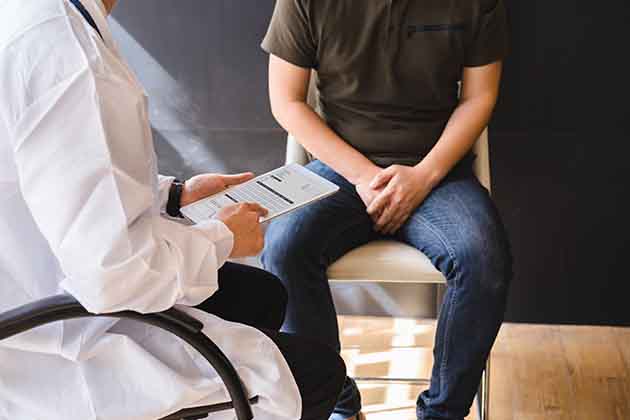
Testicular cancer is rare overall but is the most common cancer found in men. Thankfully, it’s usually curable. Most testicular cancers start in the germ cells of the testes, which are responsible for the production of immature sperm. You can do a self-exam at home, but the doctor knows what they are looking for and will be able to find lumps much quicker. Your doctor will run additional tests if needed.
By the time symptoms start to appear, cancer may have already begun to spread. Prevention and treatment in the early stages of cancer are much easier and less expensive than for the late stages. You should get a testicular exam as part of your routine checkup.
Vision Screening
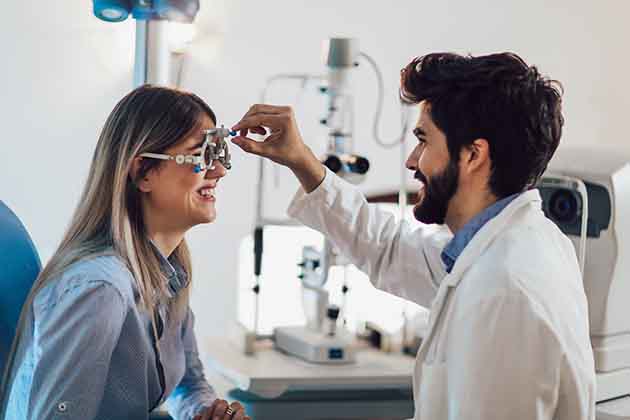
A vision screening is a short exam that can detect the presence of a vision problem or diseases such as glaucoma, cataracts, and macular degeneration. These exams are performed at the optometrist’s office.
Vision tests are often performed with eye drops that help dilate the pupil to test vision at multiple distances, check your peripheral vision, and check the structure of your eye to look for eye diseases. It’s generally recommended to get a vision screening every two years to watch for eye conditions and diseases.
LDCT Scan

Lung cancer screenings are used to detect lung cancer in otherwise healthy people and are usually recommended for older adults who are longtime smokers. Even if you don’t currently smoke or never smoked cigarettes, getting a lung cancer screening is important for early detection and treatment. A common test is a low-dose computed tomography (LDCT) scan of the chest to see inside your lungs for any potential growths.
Lung cancer is difficult to treat in its late stages, so screenings for early detection are vital. Doctors recommend that everyone get lung cancer screenings every year as part of their general checkup. There wasn’t as much information about the damage of second-hand smoke in the '70s, so a checkup is strongly recommended even if you have never smoked.
Blood Pressure Screening
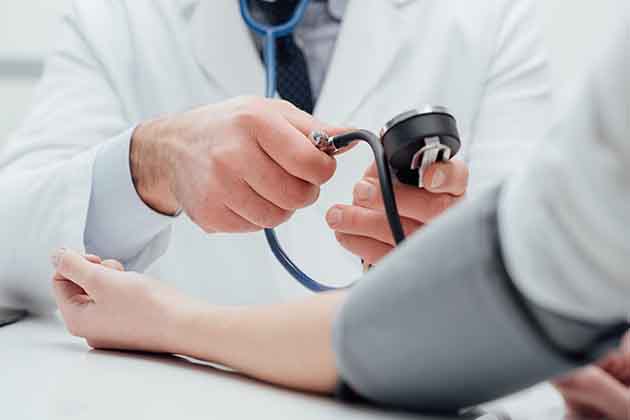
Hypertension and hypotension affect about 30% of the adult population and are among the most commonly diagnosed conditions at doctor visits. High blood pressure is especially dangerous because it’s a major contributing risk factor for heart failure, heart attack, stroke, and kidney disease. Luckily, screenings for blood pressure conditions are effective and reliable.
Blood pressure screenings start at the doctor when they measure your blood pressure and end at home where you monitor it for a day using ambulatory devices. Ambulatory blood pressure monitoring (ABPM) uses small, portable devices that record blood pressure at regular intervals, so you have consistent results for your doctor.
Pap Smear

Cervical cancer happens when malignant cells form in the cervix, where they can go through cervical dysplasia—which eventually turns into cancer and can spread to other parts of the body. HPV is associated with being responsible for developing cervical cancer. Luckily, early detection rates have gone up, and death rates have gone down now that more women are getting regular screenings.
Screening for cervical cancer includes a Pap smear to collect and test cells from the surface of the cervix. If you test positive for abnormal cells, the doctor will then run an HPV test to see if you might be at risk of developing cervical cancer.

